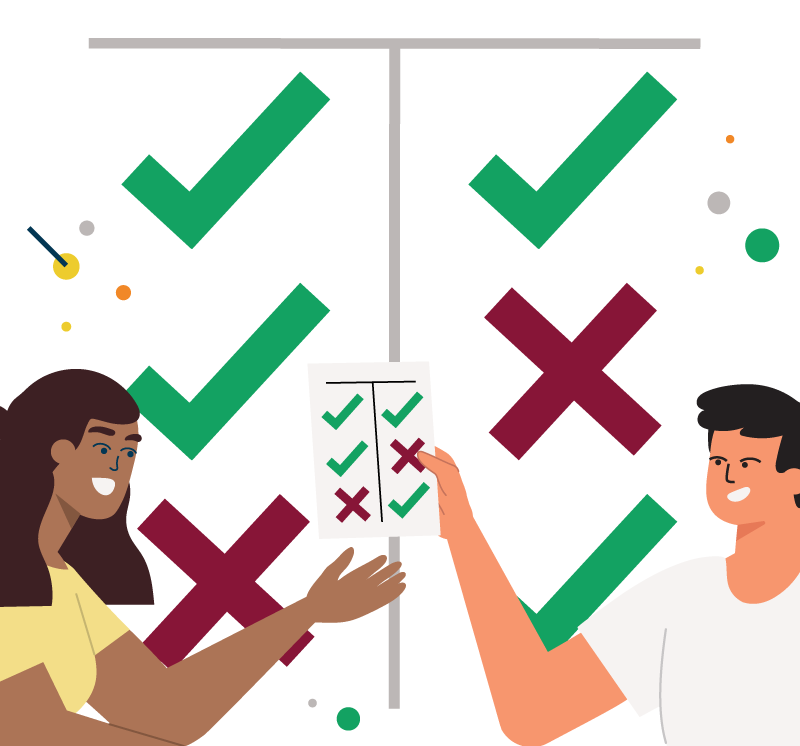Custom Research Case Study
Win-loss Study

The Client
The head of sales at a small CRO approached ISR with the question of “Why do potential clients decline our proposals?” This CRO was attempting to offer a new service and was struggling to win customers for that service. The CRO had reached out to these potential clients, asking for input on how to improve their proposals. However, the input they received from those potential clients was lacking—consisting of surface-level observations and incomplete reasonings that the CRO could not really use to improve their service offerings. Trying to implement those suggestions did not do much to improve the CRO’s proposal win rate of 10%. The CRO needed a third-party to come in and get the unvarnished and nuanced truth from those lost clients to generate usable feedback that would improve their proposal win rate—a Win-Loss Study.
The Solution
A market research project reaching out to decision-makers from former prospective clients, asking why they made their choices.
What makes up a Win-loss Study?
To get the unfiltered feedback from decision-makers, ISR reached out to all the CRO’s proposal contacts in the past year, regardless of whether the proposals had or had not been awarded. By including won proposals, ISR could provide the CRO with more data on what the organization was doing effectively, in addition to the data on their lost proposals. These approximately 25 proposals formed the sample group for the Win-Loss Study.
The Project
The time required to conduct a Win-Loss Study varies based on the sample volume. For this study, ISR spent about 2 weeks conducting in-depth phone interviews with the 19 willing contacts from the original 25 in our sample. The CRO in this study was heavily involved in the interview guide creation process. This is typical for our Win-Loss Studies. While we have conducted many, ISR has found that clients’ input in this process is invaluable. By combining ISR’s and the client’s experiences, we can account for differences in vocabulary and test hypotheses from both parties. When ISR reported on the data gleaned from the surveys, the client was once again heavily involved in the discussion of what was collectively learned, how the data should be interpreted, and what changes the organization should make based on the findings.
The Result
Increased proposal win rate.
After working with ISR to develop and implement the findings from this survey, the CRO observed an increased proposal win rate from 15%-30% over the 6 months that followed. To say that doubling the CRO’s win rate more than covered the cost of the research would be an understatement. The head of sales who contacted us to begin this project shared an internal anecdote regarding executive management’s response to the study. According to her, their CEO was doubtful of the usefulness of this kind of market research. After all, they had over 50 years of combined CRO management experience in their executive team. But that experience does not make prospective clients any more willing to share their direct opinions on your service offerings, regardless of how good your business relationship is. If your organization wants to increase its proposal win rate, contact us today to develop a custom win-loss study tailored to your needs.
While this specific study was done as a one-off analysis, ISR has plenty of experience with high proposal volume customers looking for an ongoing study program to find trends in their proposal win rate. In these studies, we use initial telephone interviews to generate a quantitative questionnaire to scale up data collection for hundreds of proposal contacts. These customers use the trends identified in these ongoing programs to continually tweak their processes as the data come in. Whether your organization’s proposal volume is already large or currently growing, ISR has the tools you need to increase your win rate.

